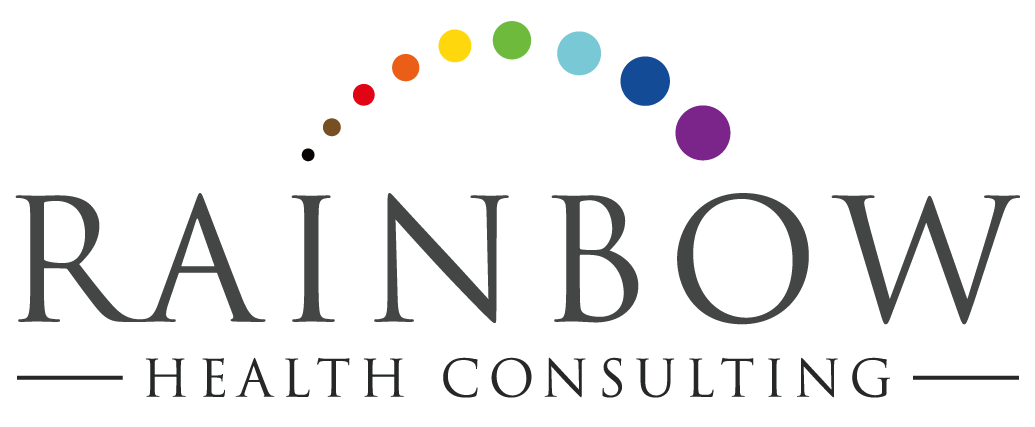Building Bisexual+ Health Knowledge for Bisexual+ Health Awareness Month
Advocates for bisexual+ identity and visibility have declared March to be Bisexual+ Health Awareness Month. This year’s theme is “bisexual+ representation in healthcare, education, politics and advocacy, media, and its impact on bisexual+ people’s everyday lives.”
Bisexual+ people face some of the same health risks of heterosexual people, some of the health risks of gay people, and have some health concerns that are greater only for bisexual+ people. Bisexual+ people comprise approximately fifty percent of the LGBTQ+ community, the largest group within the community, and yet little has been done to significantly improve the health of bisexual+ people specifically. Over 40 percent of LGBTQ+ people of color identify as bisexual+, and about 50 percent of transgender people identify as bisexual+.
In general, the LGBTQ+ community experiences higher rates of mood disorders and anxiety. However, recent statistics have shown that bisexual+ people experience mental health concerns at greater rates even than lesbians and gay men.
The Human Rights Campaign recently released a report on Supporting and Caring for our Bisexual Youth, which stated, “only five percent of bisexual+ youth reported being ‘very happy,’ compared to 21 percent of non-LGBT youth surveyed.” It also notes that fewer bisexual+ youth said that they have a trusted adult in their lives with whom to discuss their sexuality, and a third said that they had been called names at school related to their bisexual+ identity.
Sadly, approximately 40 percent of bisexual+ adults have thought of suicide or have attempted suicide, which is greater than lesbians and gay men as well.
Among bisexual+ women, there are significant health disparities that include higher rates of heart disease when compared with heterosexual women and higher rates of breast and other cancers when compared to heterosexual women. bisexual+ adults also reported high rates of depression and binge drinking. Eating disorders were also of particular concern, with bisexual+ women reporting nearly twice the rate of eating disorders as opposed to lesbians.
Biphobia (predjudice against bisexual+ people) is also an unfortunate reality for many bisexual+ people, and can occur in LGBTQ+ and non-LGBTQ+ spaces as well. Biphobia has a significant impact on health outcomes as well and should be taken very seriously when identified. The pressure to be “choose a side” can impact mental health significantly.
What can health care providers do to connect with their bisexual+ patients and to improve their health? As with all LGBTQ+ patients, providers can avoid making assumptions about a patient’s sexual history, sexual behavior, or gender identity/expression. By creating paperwork that is gender- and sexuality-inclusive, health care providers can create a safer space that is welcoming to all. When asking about sex, be sure to ask in a way that doesn’t assume the gender of their partner, or any specific sexual practice. Inclusive and sex-positive resources that include bisexual+ people should be provided, and providers should actively seek out education that centers bisexuality and the needs of bisexual+ people. Connecting with organizations that serve bisexual+ people can also be a great way to find additional resources.
Advocating for our bisexual+ patients and clients isn’t just the right thing to do. It can also significantly improve health outcomes for the large percentage of the community who identify this way.

